MuleSoft and ServiceNow Integration for Seamless IT Service Management

Introduction:
In the rapidly evolving world of IT service management, organizations are constantly seeking ways to streamline their operations, enhance efficiency, and deliver top-notch service to their customers. The integration of MuleSoft and ServiceNow has emerged as a powerful solution to address these challenges.
MuleSoft, renowned for its expertise in integration, and ServiceNow, a leader in IT service management, have joined forces to provide a game-changing synergy that promises to revolutionize the way businesses manage their IT services. This integration creates a bridge between different systems and departments, enabling a seamless flow of data and processes that simplifies IT service management and empowers organizations to deliver faster, more efficient services to their clients.
Here are eight key features and services that MuleSoft-ServiceNow integration brings to the table:
- Efficient Incident Management: With this integration, handling and resolving IT incidents becomes more efficient, ensuring minimal downtime and optimal service delivery.
- Streamlined Change Management: Businesses can implement changes more seamlessly while minimizing disruption and risk.
- Enhanced Service Request Handling: ServiceNow's robust service request capabilities are further empowered by MuleSoft's data integration, ensuring a swift and accurate response to service requests.
- Integrated Configuration Management: MuleSoft helps in maintaining a comprehensive configuration management database (CMDB) that keeps track of IT assets, their relationships, and their current state.
- Seamless Data Sharing: Data silos are broken down, allowing various IT systems and applications to share data effortlessly, leading to better-informed decision-making.
- Automated Workflows: Integration with MuleSoft enables the creation of automated workflows, reducing manual effort and the potential for human error.
- Optimized Asset Management: Businesses can manage their IT assets more effectively, ensuring that they are utilized efficiently and reducing unnecessary costs.
- Improved Customer Service: With faster incident resolution and streamlined service request handling, customers experience quicker and more efficient service, enhancing their overall satisfaction.
This blog post will delve into these key features and showcase real-world use cases, demonstrating how MuleSoft-ServiceNow integration is revolutionizing IT service management and helping businesses stay agile, responsive, and competitive in today's fast-paced digital landscape.
Stay with us as we explore the incredible potential of this integration, providing you with the insights you need to enhance your organization's IT service management capabilities.
Here are some potential use cases for integrating Servicenow with MuleSoft:
- Incident Management Automation
- Change Management Streamlining
- Efficient Service Request Fulfillment
- Comprehensive Configuration Management
- Automated Workflow Orchestration
- Self-Service Portals for Users
- Optimized Asset Management
- Enhanced Customer Service
Integrating Servicenow Using MuleSoft:
Servicenow Account Creation:
Step1: To create a Servicenow account, begin by registering at https://developer.servicenow.com. Click on signup and start building
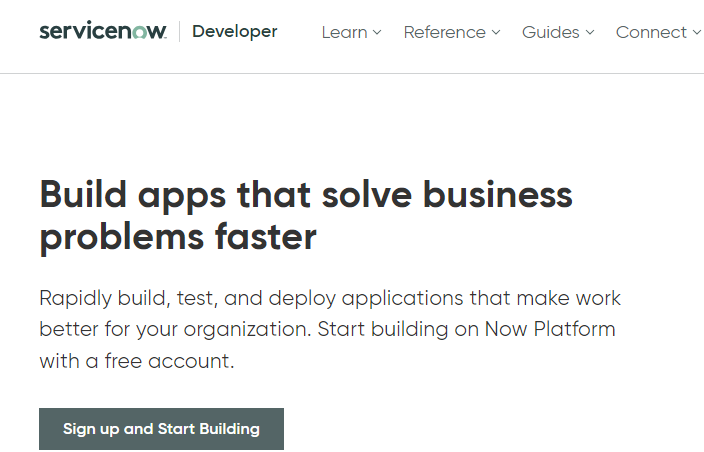
Step2: Provide the required details to create account
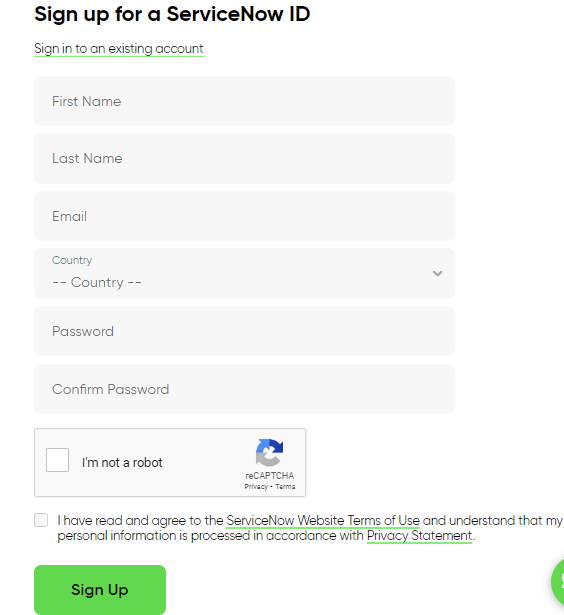
Step3: You will receive an email from ServiceNow containing a link- asking to verify your email address. Click on the link and verify it.
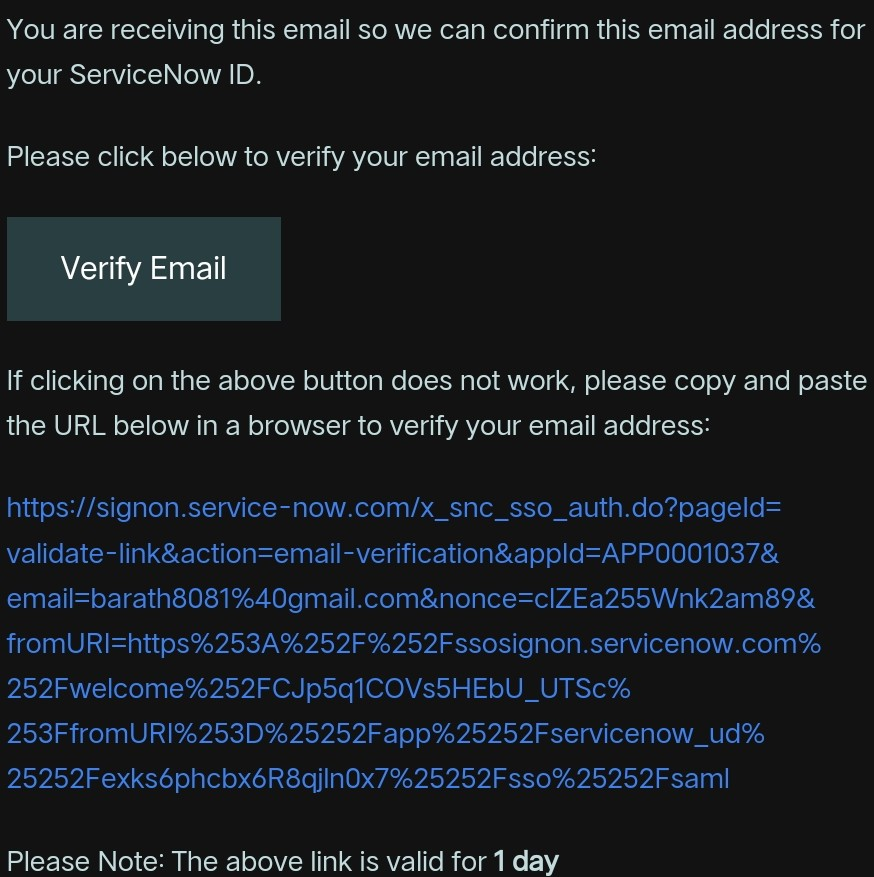
Step4: Click on Sign In and provide your email address and password.
Step5: Now you can request a developer instance which we will need while configuring the ServiceNow connector.
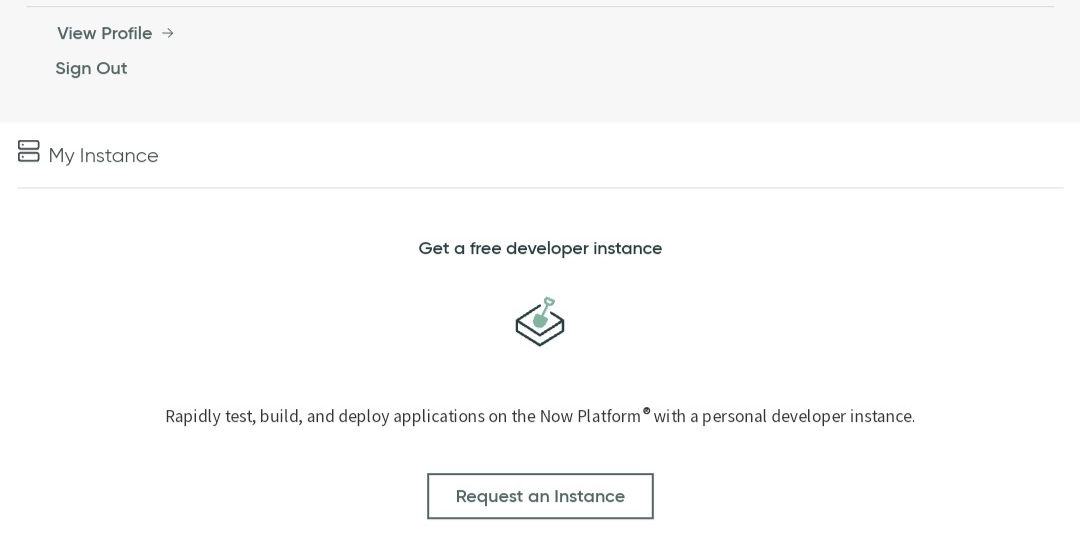
Step6: Now instance will be ready copy username and password for further usage of account
Create Mule Projects: Create a mule project in anypoint studio.
Add Servicenow Connector: Within the Mule Palette, use the search function in the exchange to look for the Servicenow connector. Once found, add the Servicenow connector to your project. Alternatively, you have the option to directly include the Servicenow connector dependency in the pom.xml file of your project.
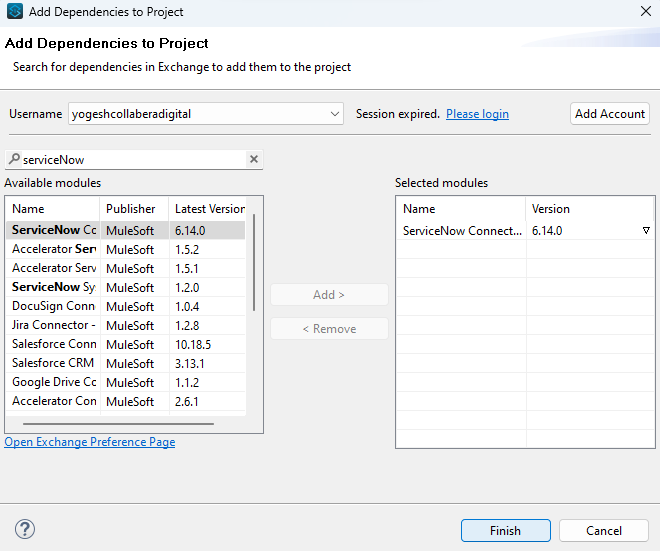
Configure the ServiceNow Connector: After adding the ServiceNow Connector, configure it by creating a global configuration that includes your ServiceNow credentials and connection details. To set this up, access your MuleSoft project, select "Manage Global Elements," and proceed to create a new configuration specific to the ServiceNow Connector. By using username,password,servicenow address,servicenow version and etc...
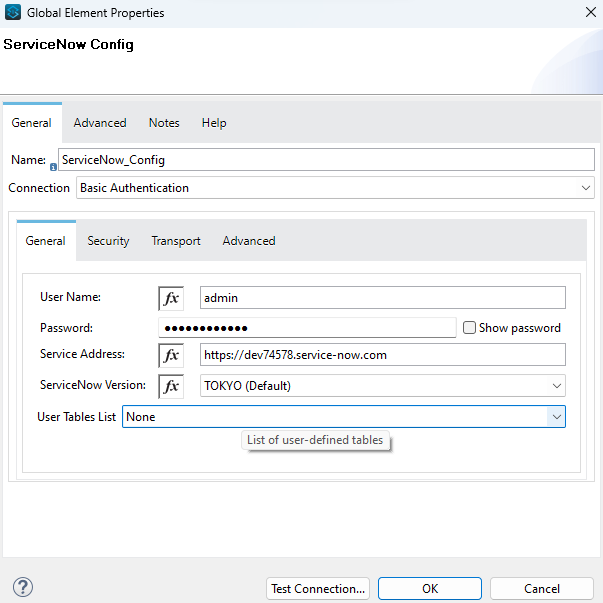
Click on Test connection:
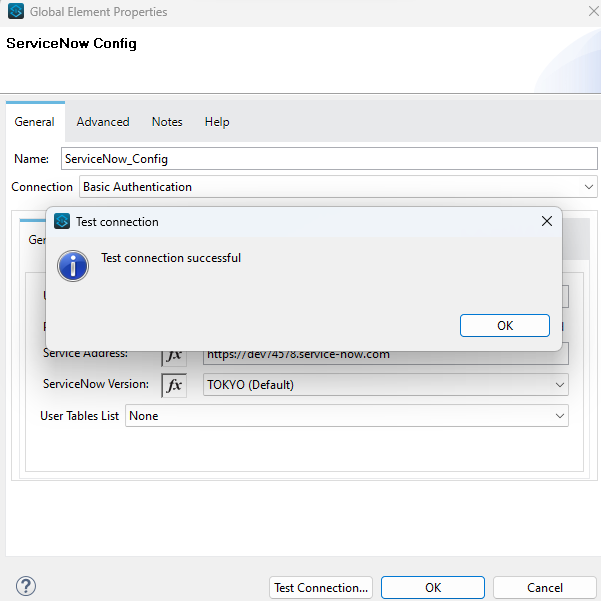
Use the Servicenow Connector in Mule Flows:
Create a Problem Ticket:
set up an HTTP listener to create a Problem Ticket data from Servicenow
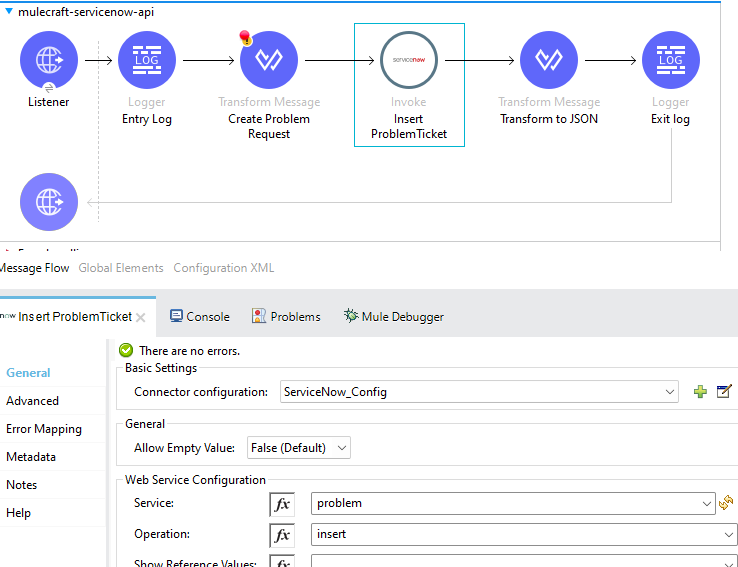
Transform Message:
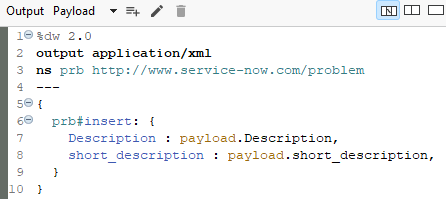
Provide a request to api and response will be provide mentioned below:

Check in Servicenow dashboard

Both sys_id and number are unique in Servicenow for Incident. Sys_id can be used to update an existing Incident Ticket.
Create a Incident:
set up an HTTP listener to create a Incident data from Servicenow
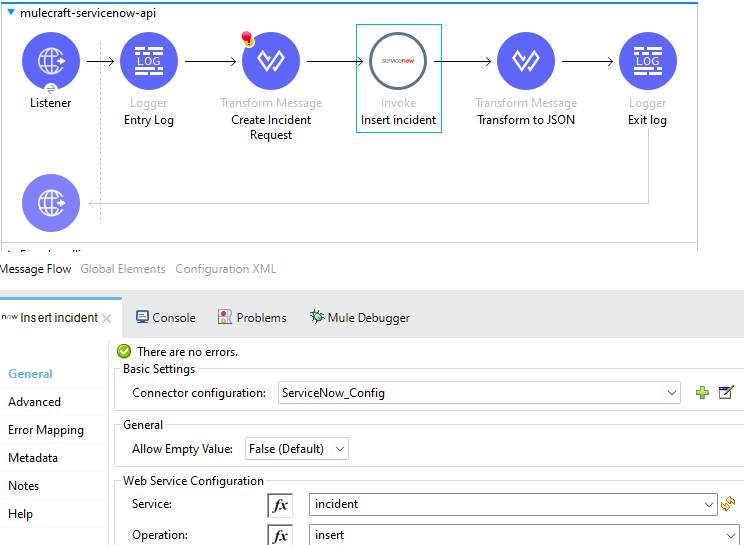
Transform Message:
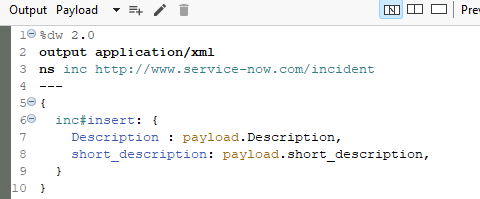
Provide a request to api and response will be provide mentioned below:

Check in Servicenow dashboard

Both sys_id and number are unique in Servicenow for Incident. Sys_id can be used to update an existing incident.
Create a Change Request:
set up an HTTP listener to create a Change Request data from Servicenow
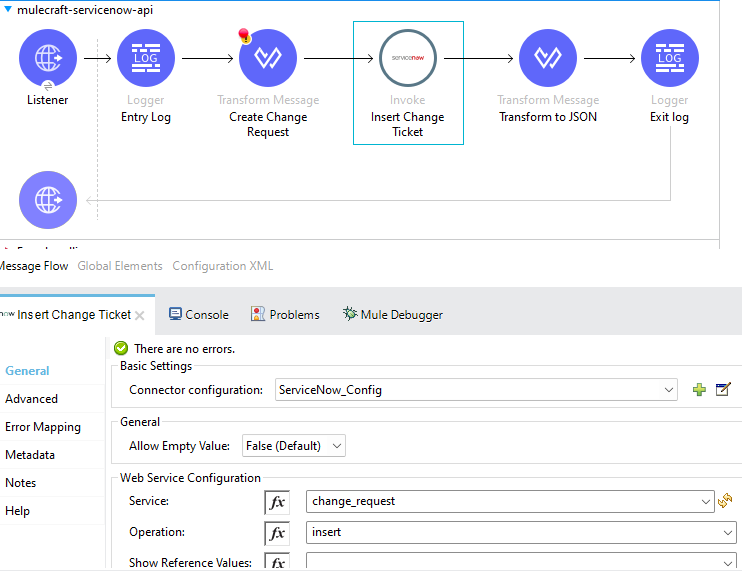
Transform Message:
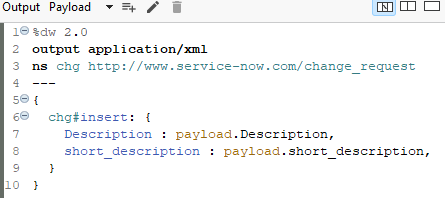
Provide a request to api and response will be provide mentioned below:

Check in Servicenow dashboard

Both sys_id and number are unique in Servicenow for Incident. Sys_id can be used to update an existing Change Request.
Conclusion:
In conclusion, integrating MuleSoft and ServiceNow for seamless IT Service Management presents a strategic opportunity to enhance operational efficiency and agility within an organization. This integration facilitates real-time data flow and automation, enabling rapid incident response, error reduction, and improved user experiences. ServiceNow's robust ITSM tools further streamline processes for incident, problem, change, and asset management. Beyond immediate benefits, this integration unlocks possibilities for data analytics and AI, driving better decision-making and customer-centric IT environments. It ultimately positions organizations to excel in a competitive tech landscape while delivering superior IT service experiences.
